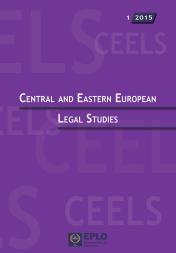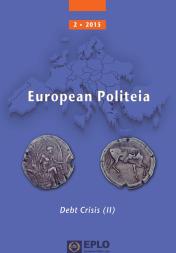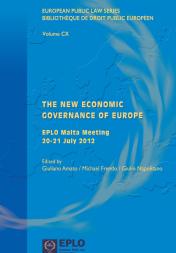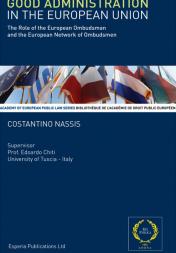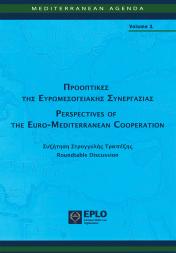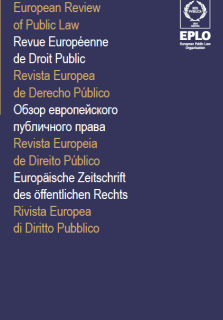
Canada’s Kaleidoscopic Diversity and Constitutional Law:
A Solution in Search of a Problem, or All that Glitters Is Not Gold?
A Brief History of a Work in Progress
Professor of Law and Vice-President, Strategic Planning and Communications, University of Montreal
This article outlines the main components of the constitutional framework governing Canada’s various sources of diversity, and highlights the limits of this framework. The picture of Canada that emerges is not one that is negative, but rather one that nuances the idealized image that the rest of the world often has of the country. Canada’s legal treatment of diversity has certainly been successful to some extent, but it also reveals some blind spots, particularly when it comes to dealing with “political minorities.” The genealogy of the “Canadian model” also reveals how much its evolution has been sinuous, not unlike other polities that have had to confront diversity. Most importantly, it shows that even when formal law is generally hospitable to diversity in many of its forms, there may always been a discrepancy between what the law does, what it allows to do, and what it promises to do. In this respect, phenomena such as the juridicization and judicialization of politics should not blind us to the fact that the political will to accommodate diversity remains an important determinant in its treatment.
Cet article présente les principales composantes du cadre constitutionnel régissant les diverses sources de diversité du Canada et souligne les limites de ce cadre. L’image du Canada qui se dégage n’est pas négative, mais nuance plutôt la représentation idéalisée que le reste du monde a souvent du pays. Le traitement juridique de la diversité au Canada a certainement été couronné de succès dans une certaine mesure, mais il révèle également certaines zones d’ombre, notamment lorsqu’il s’agit du traitement des “minorités politiques”. La généalogie du “modèle canadien” révèle également combien son parcours a été sinueux, un peu comme dans d’autres pays qui ont été confrontés à la diversité. Plus important encore, elle montre que même lorsque le droit formel est généralement favorable à la diversité sous ses nombreuses formes, il peut toujours exister un décalage entre ce que le droit fait, ce qu’il permet de faire et ce qu’il promet de faire. A cet égard, des phénomènes tels que la juridicisation et la judiciarisation de la politique ne doivent pas nous faire oublier que la volonté politique de prendre en compte la diversité reste un déterminant important de son traitement.
* This article is based on the speech delivered on the occasion of the 2nd Lecture in honor of Giuliano Amato, held in Athens on 24 June 2019.





